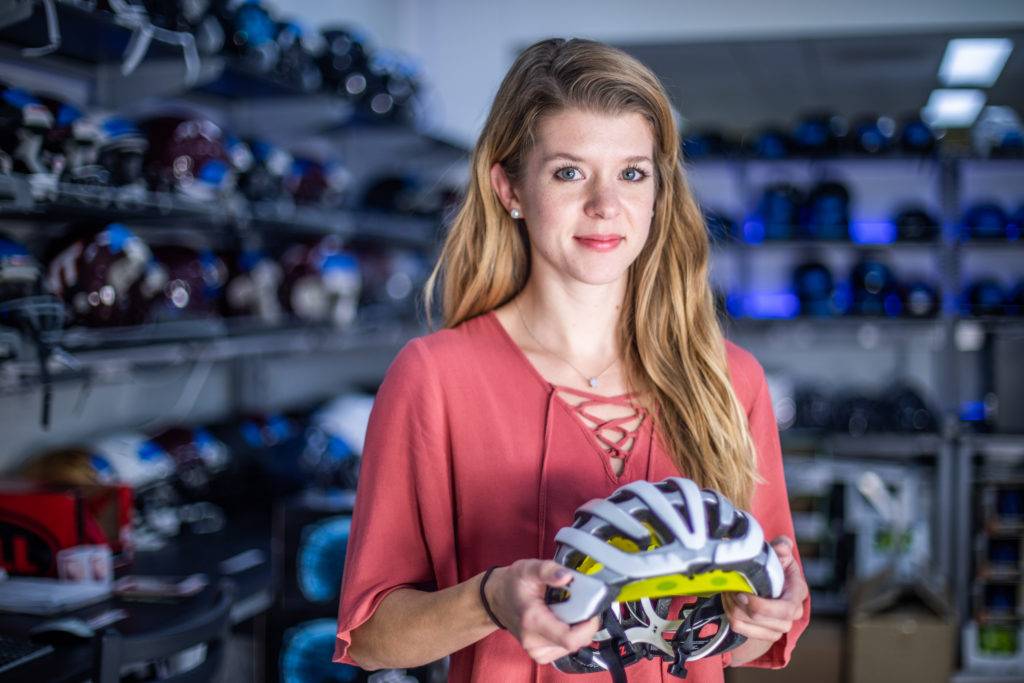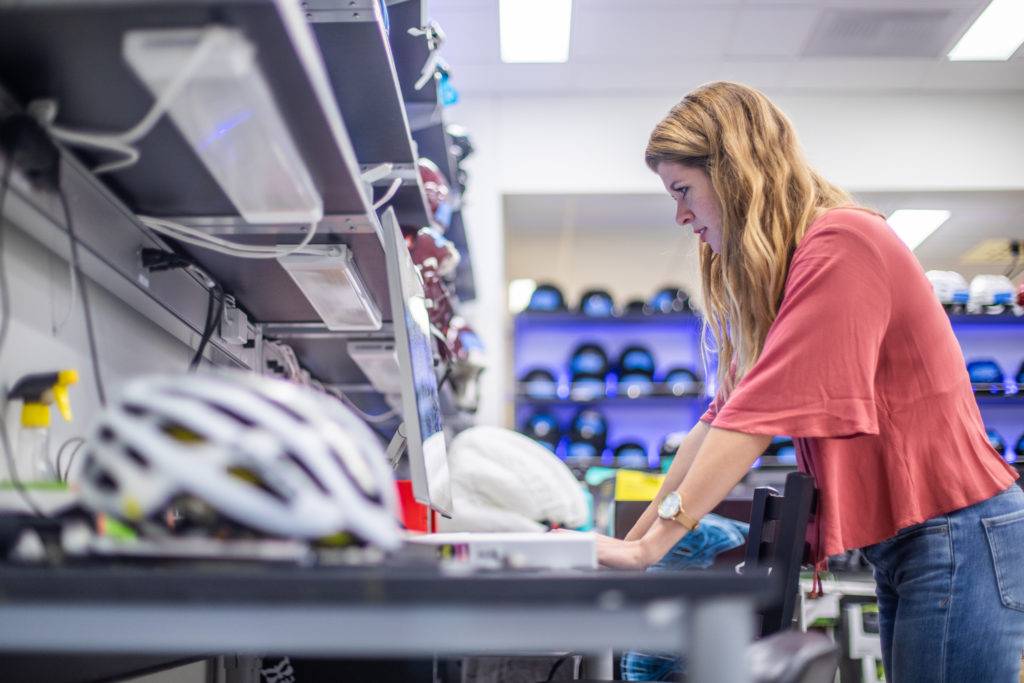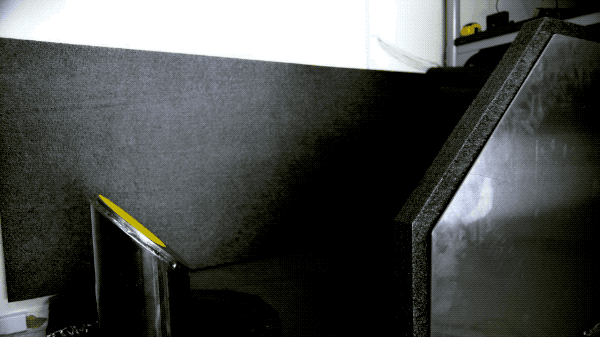In an effort to help cyclists make informed bike helmet purchases, the Virginia Tech Helmet Lab with funding provided by the Insurance Institute for Highway Safety, has released new ratings for 20 bicycle helmets, which brings the total number of tested bicycle helmets to 50.
The ratings give each helmet a score between one and five stars that reflects its ability to reduce the risk of head injuries. Six helmet models in the new batch earned all five stars, and nine models earned four stars.
The Bontrager Ballista MIPS, which scored highest in the first set of ratings, held onto its spot at the top of the pack.

MIPS is the acronym for “Multi-directional Impact Protection System,” and is constructed of two layers that rotate against each other, mimicking the rotation of the brain’s own cerebrospinal fluid, which is the body’s natural defense against oblique impacts.
The outer layer of a MIPS helmet is made from the same impact-absorbing EPS material as a conventional helmet. It’s connected via an elastomeric attachment system to a low friction inner layer, which is what rests on the rider’s head.
In a crash, the outer shell of a MIPS helmet absorbs linear impact, while the inner layer rotates up to 5mm, absorbing rotational impact. This small rotation of the liner relative to the shell results in a significant reduction of the forces on the brain, which reduces the likelihood of concussion and other brain injury.
“There’s a huge array of choices in the bike-helmet market; our goal with the ratings is to give cyclists an evidence-based way to make informed decisions about how to reduce their risk of head injury,” said Steve Rowson, an associate professor of biomedical engineering and mechanics in the College of Engineering and the helmet lab’s director. “We targeted some of the most popular models in our first set of ratings, and now we’re expanding outward so that we can reach as many consumers as possible.”

Cyclists have hundreds of helmets to choose from, and they’re all required to meet a safety standard set by the Consumer Product Safety Commission. But all a helmet has to do is perform well enough to pass an impact test calibrated for exceptionally severe injuries, like skull fractures. Until this new testing protocol came about there was no way for consumers to tell the difference between a helmet that merely passed and one that provided exceptional protection.
The five-star scale clarifies the relative differences between helmets, allowing consumers to see which ones protect heads better than others.
The Virginia Tech Helmet Lab has been rating protective headgear since 2011. They started with football helmets, then expanded to hockey, soccer, and now cycling. Intended to infuse science and objective data into the relatively arbitrary process of a helmet purchase, the ratings have also helped guide manufacturers in the design of safer equipment.
As with every sport in the lab’s portfolio, the team developed the bike helmet ratings by studying the circumstances of real-world impacts, then meticulously recreating them in the lab with a custom-built impact rig.

In the setup they designed for bike-helmet testing, a dummy headform snugly fitted with a helmet plummets down a drop tower onto an anvil. The anvil is tilted, because most crashes occur at an oblique angle, and covered with sandpaper to mimic the friction between a helmet and the road.
At the moment of impact, sensors embedded in the headform measure its linear acceleration and rotational velocity, two parameters associated with head injury risk. The process is repeated at six different impact locations and two impact speeds for each helmet model. The researchers then combine the data to calculate how much the helmet mitigates the force of an impact and translate that into a score of one, two, three, four, or five stars.
The lab continues to test more helmet models and update the ratings as new data is available.
